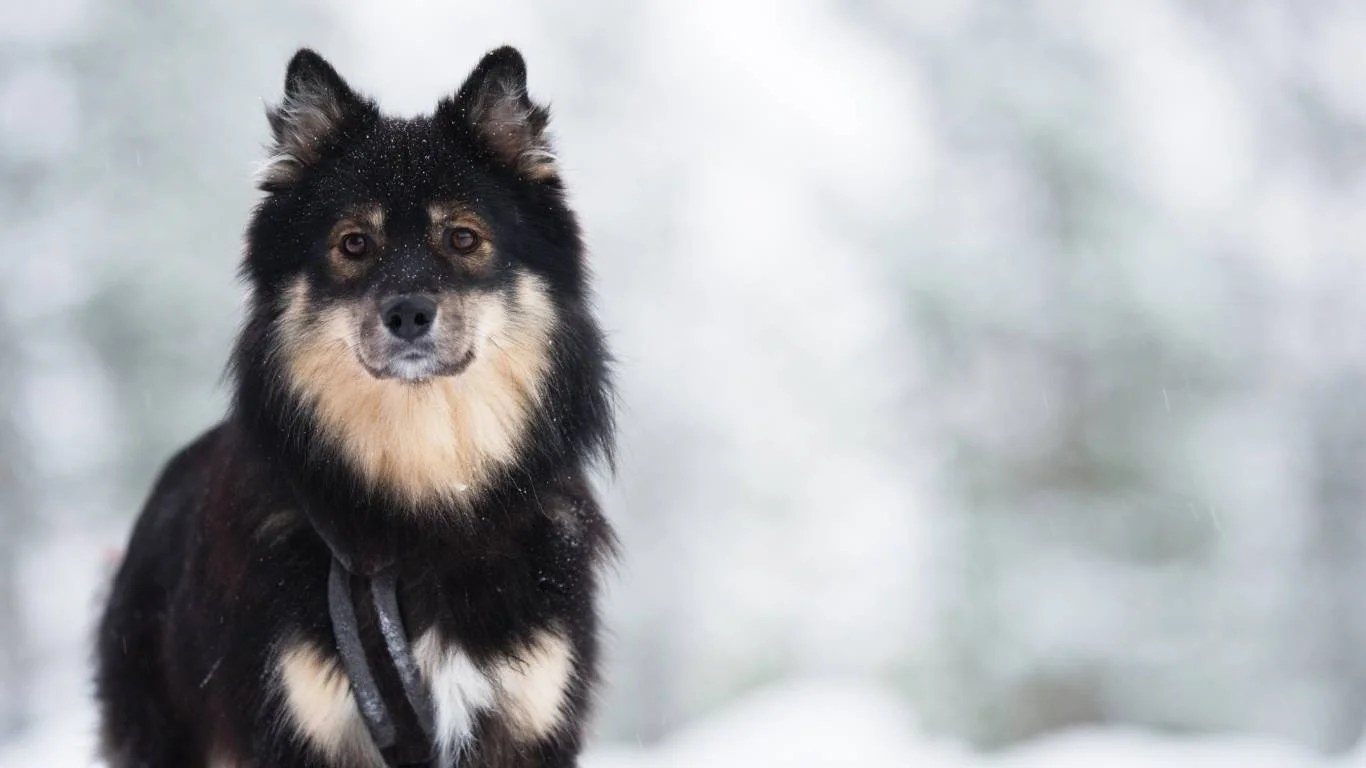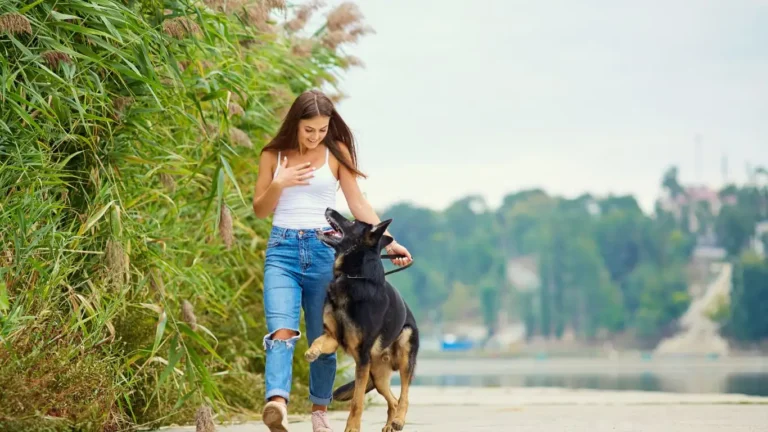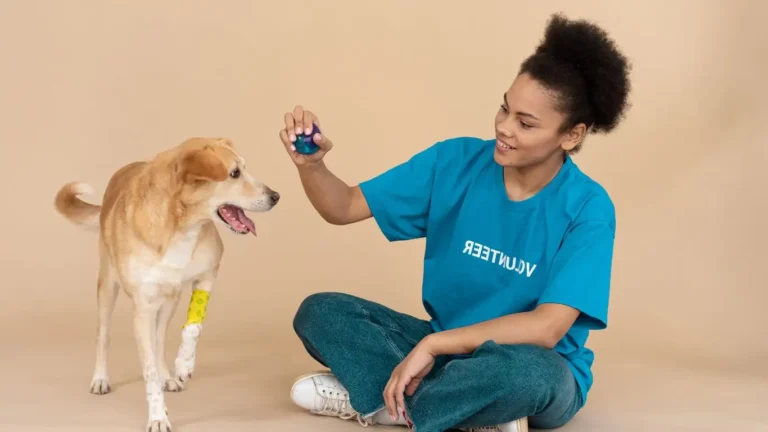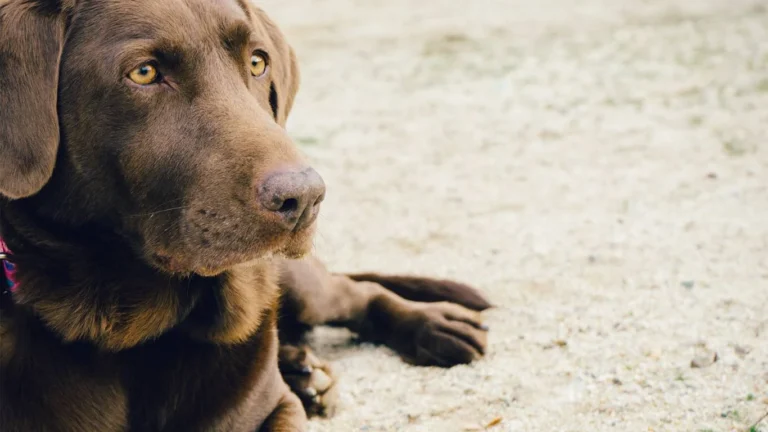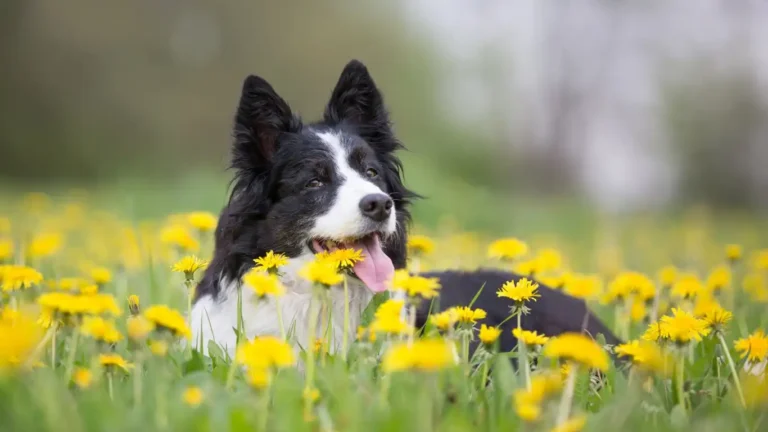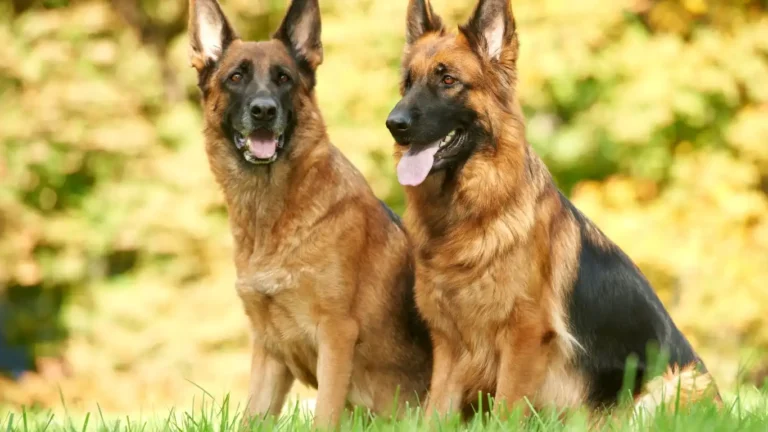How to Stop a Dog from Eating Grass Safely and Naturally
If you’ve ever asked yourself, how to stop a dog from eating grass, you’re definitely not alone. As a veterinary assistant with a focus on pet nutrition, I can’t tell you how many times pet parents ask this exact question—usually with a mix of concern and frustration. I get it! It can look super odd (and kinda gross) when your pup suddenly turns into a lawnmower mid-walk. But here’s the thing: while it’s often harmless, sometimes it hints at something more. Let’s break it all down and help you get some clarity (and hopefully some cleaner grass).
Why Do Dogs Even Eat Grass?

It’s Not Always a Nutritional Deficiency
One of the most common myths I hear is that dogs eat grass because they’re missing nutrients. Sure, it *can* be a sign of a nutritional gap, but most of the time, it’s more about instinct or behavior. In my own experience at the clinic, I’ve seen dogs on premium, well-balanced diets still go for the green stuff like it’s a salad bar. Sometimes it’s out of boredom, other times it’s just because they like the texture or taste. Yeah, dogs are weird like that!
Instincts and Ancestry
Let’s not forget—our modern-day pups have wild ancestors. Wolves and other wild canines often consume the entire prey animal, including stomach contents, which can include plant matter. Grass munching could just be one of those ancient instincts that hasn’t totally faded.
When to Worry About Grass Eating

Red Flags to Watch For
Okay, so not all grass eating is a red alert. But here’s when I usually advise clients to give us a call:
- Your dog vomits *every* time they eat grass
- They’re suddenly obsessed with eating large amounts of it
- You notice lethargy, diarrhea, or appetite changes alongside the behavior
In those cases, we’re looking at a possible underlying issue like gastrointestinal discomfort or even parasites. I once had a sweet Labrador named Max come in because he was devouring grass like crazy—turns out he had a mild case of gastritis. A quick treatment plan and diet tweak later, he was back to sniffing (not snacking on) the grass.
How to Stop a Dog From Eating Grass
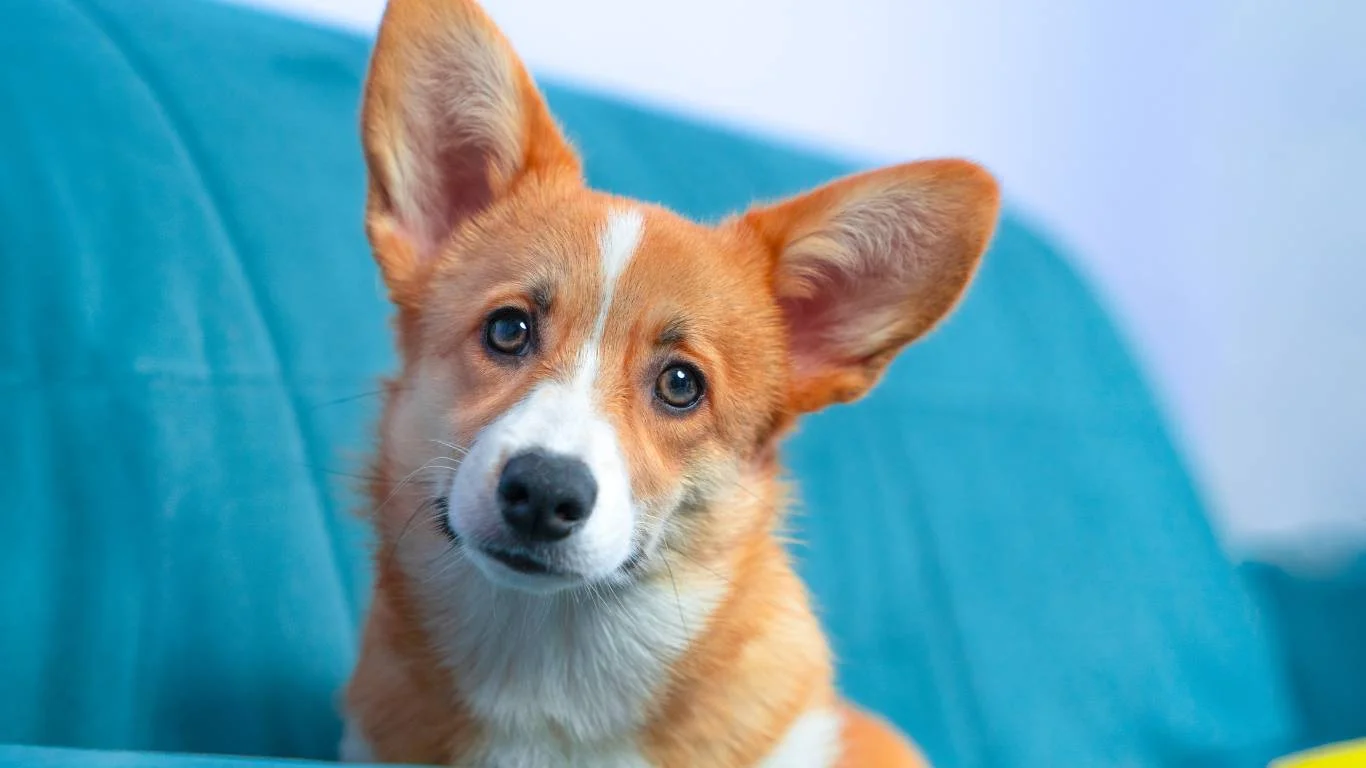
Step 1: Rule Out Medical Issues
First things first—before you start trying to “train” your dog out of it, make sure there’s no medical reason behind the grass obsession. A quick vet visit can give you peace of mind. We usually start with a physical exam and sometimes run a stool test or basic bloodwork. If your pup gets the all-clear, then it’s time to move on to behavioral approaches.
Step 2: Keep Your Dog Engaged
In my experience, *bored dogs are the biggest grass eaters*. Seriously. Dogs that don’t get enough mental stimulation or physical activity tend to find creative (and sometimes destructive) outlets. Grass munching can be one of them. Try these:
- Add an extra 10–15 minutes to your daily walk
- Rotate puzzle toys or treat-dispensing games
- Practice obedience training during outdoor time
One client’s Australian Shepherd completely stopped eating grass once she introduced a flirt pole and increased fetch time. It’s often just a matter of giving your dog *something better* to do!
Step 3: Try Redirecting the Behavior
If your dog heads straight for the grass every time you go outside, don’t just yank them away (trust me, that rarely works long-term). Instead, use gentle redirection. I usually recommend carrying a high-value treat or a favorite toy on walks. The second your dog even thinks about nibbling on a blade, call their name, reward with the treat, and keep moving.
This kind of positive reinforcement helps shift their focus. I had a client with a Beagle named Luna who used to dive mouth-first into every patch of grass. After a couple weeks of treat-based redirection, she was more focused on her human than on the lawn. That’s a win!
Diet Tweaks That Can Make a Difference
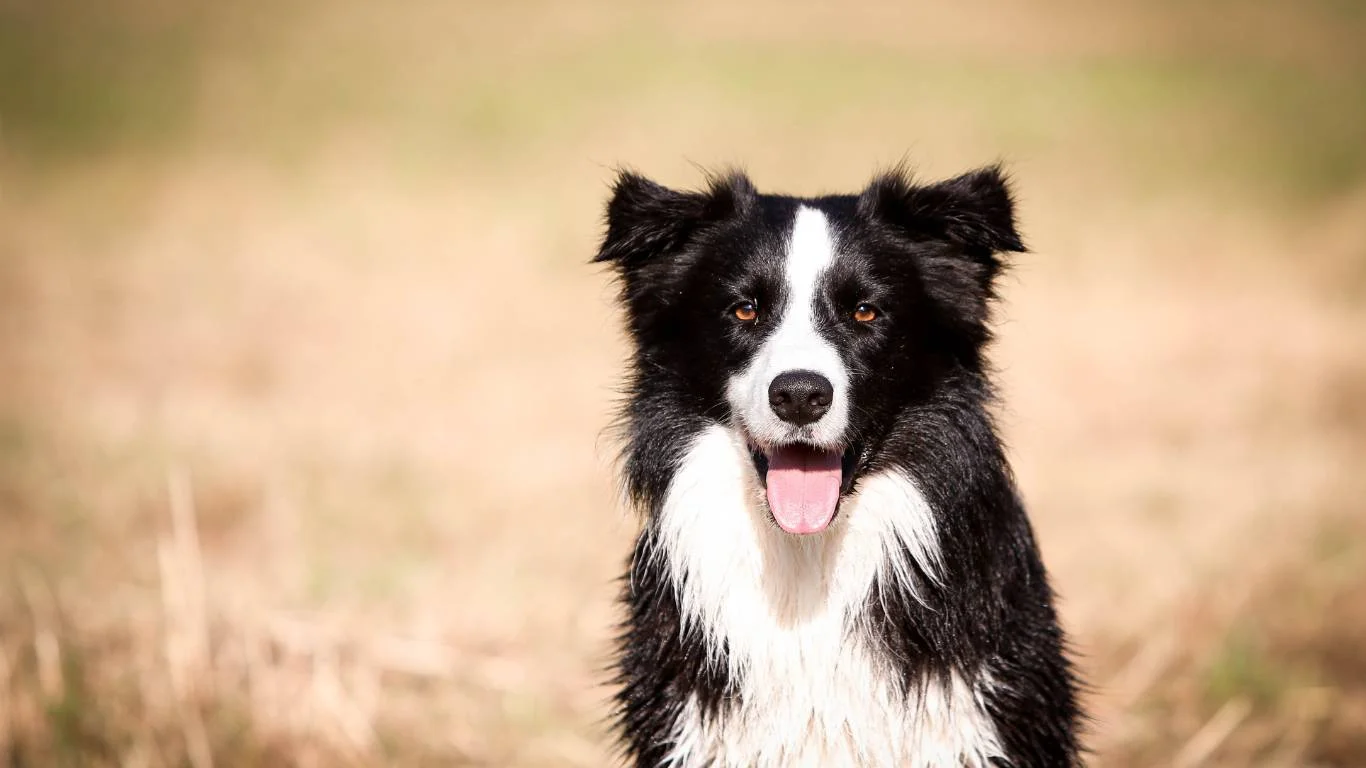
Could Fiber Be the Fix?
Even though grass eating usually isn’t caused by a deficiency, sometimes adding a bit more fiber can help reduce the urge. Some dogs might be seeking out roughage to help “move things along” in their digestive tract. As someone who’s had plenty of chats with pet parents about poop (it’s a normal topic in my world), I can tell you a little fiber can go a long way.
Try mixing in:
- Steamed pumpkin (plain, no sugar or spice)
- Green beans or carrots (cooked and unseasoned)
- A vet-recommended fiber supplement
But please, don’t go adding stuff to your dog’s diet willy-nilly. I always tell clients to talk to their vet or a certified pet nutritionist before making major changes. What works for one pup might not work for another.
Look Into Food Sensitivities
This one’s less common, but I’ve seen it more than once: a dog starts eating grass excessively, and we later discover they were having a mild reaction to their food. Once the diet was adjusted, the grass cravings eased up. If your dog has itchy skin, loose stools, or ear infections along with grass eating, it might be worth exploring an elimination diet.
Training Tools That Actually Work
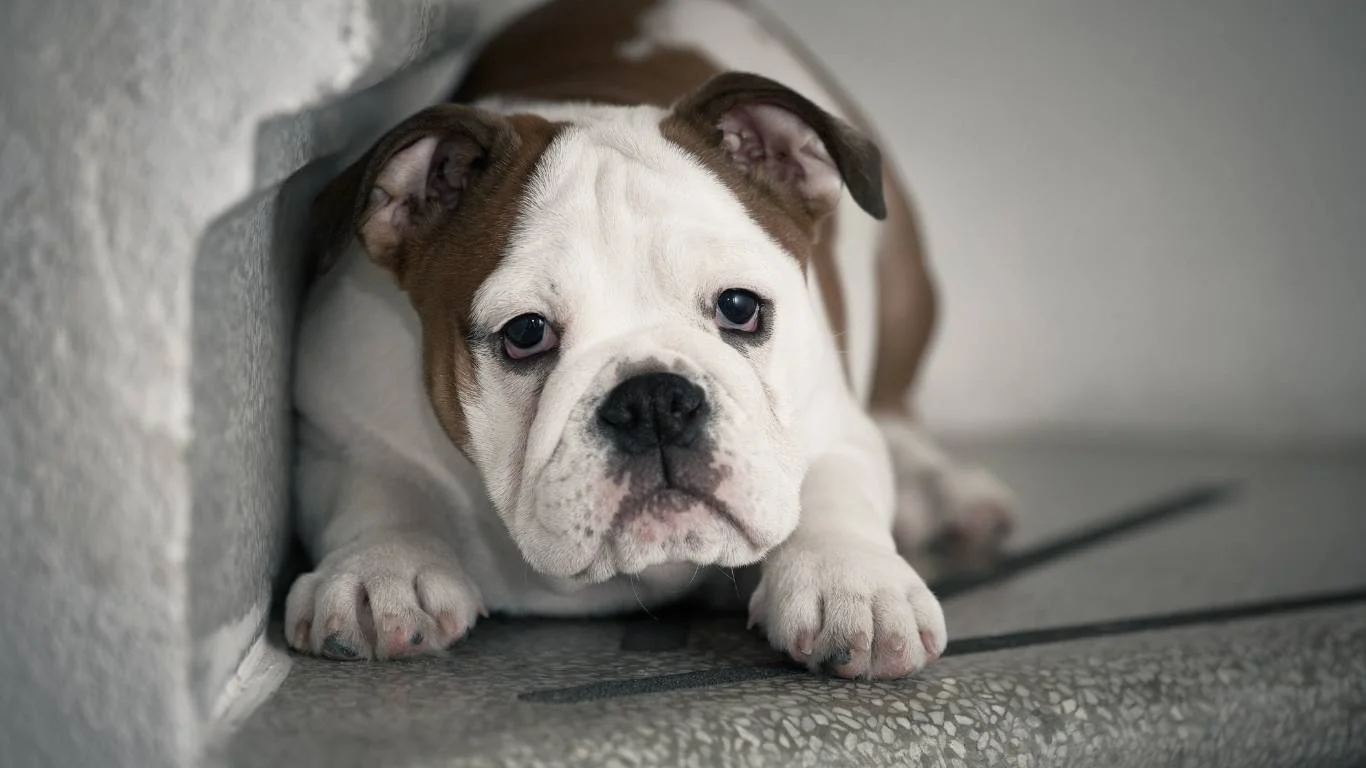
Use Leash Control Strategically
Now I’m not saying you need to helicopter over your dog every time they sniff a patch of green, but having some control can help. Shorten the leash when you’re in a high-grass area, and walk briskly to keep them focused. Use a cue like “leave it” or “let’s go”—just be consistent. And yeah, you’re probably going to repeat it a lot at first.
Clicker Training for Distraction
If you’ve ever tried clicker training, this is a great moment to put it into action. Click and reward every time your dog ignores the grass in favor of walking with you or sniffing something else. Over time, they’ll start to associate not eating grass with getting something even better—your attention and maybe a tasty bite of chicken jerky.
Environmental Enrichment for the Win

Keep Things Interesting Indoors Too
We always focus on walks, but what your dog does at home matters just as much. If they’re eating grass out of boredom, enriching their environment can really help. Try:
- Rotating puzzle feeders or snuffle mats
- Interactive treat balls
- Hide-and-seek games with toys or treats
I once worked with a senior Terrier mix who had developed a grass-eating habit after his family moved to a quieter neighborhood. Less stimulation = more lawn snacking. Once they added some indoor scent games and chew toys into his daily routine, the grass interest faded fast.
Socialization and Playdates
Don’t underestimate the power of doggy friendships! Social play is fantastic for both mental and physical health. If your pup enjoys the company of other dogs, regular playdates can be a great outlet. The less bored they are, the less likely they are to focus on munching grass.
How Routine and Consistency Play a Role

Dogs Thrive on Predictability
One thing I’ve learned working with countless dogs is this: they love routine. When their daily schedule gets thrown off—maybe you’ve moved, changed work hours, or even adopted a new pet—it can trigger some quirky behaviors. Grass eating is sometimes just a way of self-soothing or seeking attention.
I had a Golden Retriever patient named Jax who started eating grass like clockwork every afternoon. Turns out, his usual midday walk had been pushed later due to his owner’s new work shift. Once they restructured his day to include more consistent play and potty breaks, the grass chomping eased up dramatically.
Set Realistic Expectations
Let’s be real—no amount of training is going to make every single dog stop grass nibbling forever. It’s about managing the behavior and making sure it doesn’t signal something more serious. And honestly, if your dog occasionally munches a few blades and doesn’t show any other symptoms, it’s probably not a big deal.
Natural Alternatives to Distract Grass Lovers
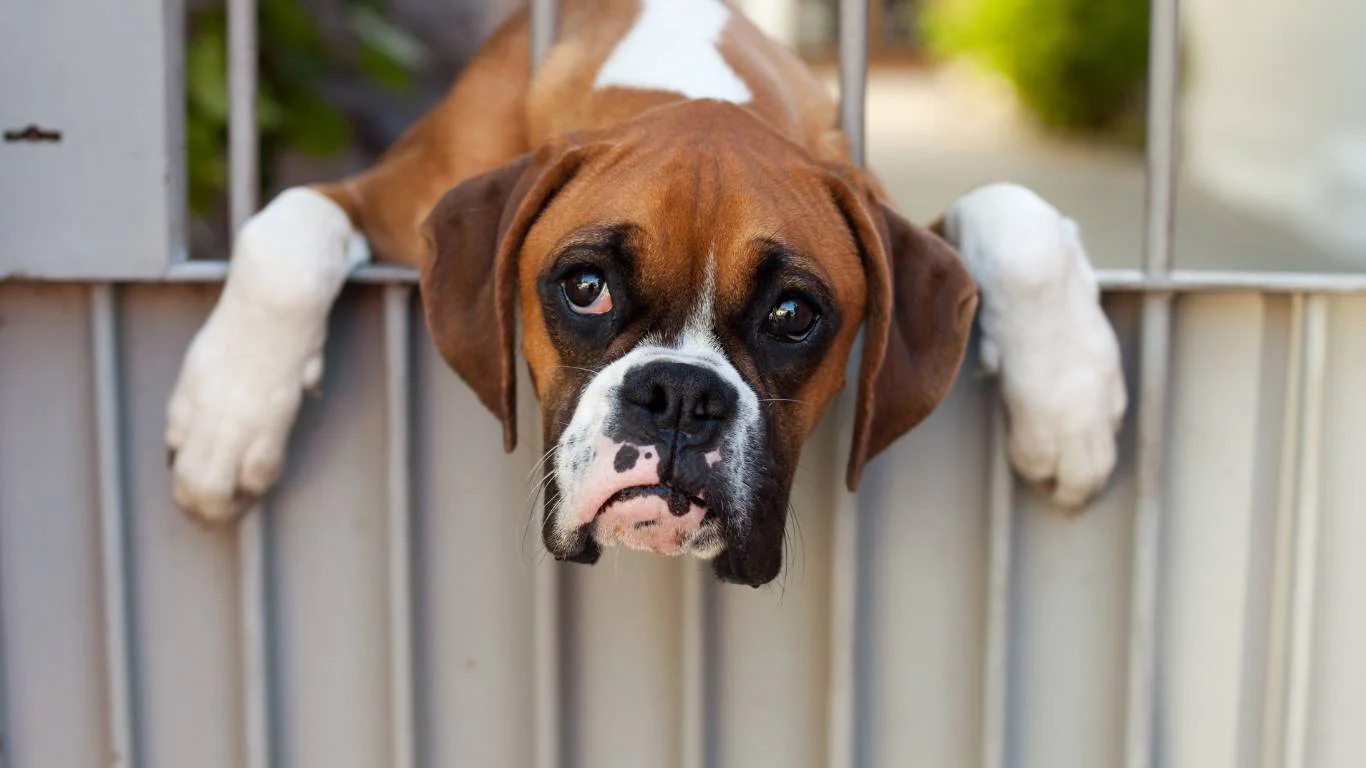
Chew Options That Actually Work
Sometimes dogs just need to chew. If they’re not going for your shoes, they’ll go for your lawn. Redirecting this need to a healthy outlet can help big time. Some of my go-to alternatives include:
- Frozen carrots – low calorie, crunchy, and satisfying
- Yak chews – long-lasting and packed with protein
- Dehydrated sweet potato chews – chewy and nutritious
Bonus tip: rotate the options every few days so your dog doesn’t get bored. I’ve found even picky dogs perk up when there’s something “new” to explore.
Pet-Safe Grass Alternatives
Believe it or not, some pet parents have gone as far as growing wheatgrass or barley grass indoors specifically for their dogs. These grasses are safe, controlled, and often cleaner than random roadside greenery. I’ve seen it work well for dogs who just love the act of chewing on something green—without the risk of pesticides or mystery fertilizers.
Talk to a Pro: When to Get Expert Help
Veterinary Behaviorists and Nutritionists Can Help
If you’ve tried all the basics—distraction, redirection, diet tweaks—and your dog is still going full herbivore, it might be time to bring in a pro. A veterinary behaviorist can assess your pup’s environment and triggers, while a pet nutritionist can evaluate if there’s something missing from the current diet.
From my experience in the clinic, a collaborative approach works best. I remember one client whose anxious rescue pup couldn’t stop eating grass. We teamed up with a local behaviorist who introduced scent training and calming routines, and the results were amazing. Grass-eating dropped by about 80% in a month!
Ruling Out Rare Conditions
Though uncommon, grass eating can sometimes be tied to more complex medical issues like pica (a condition where pets eat non-food items), chronic pancreatitis, or even certain neurological disorders. It’s rare, but it happens. So if anything feels “off,” trust your gut and check in with your vet.
Helpful Resources and Trusted References
- American Veterinary Medical Association
- PetMD
- American Kennel Club
- World Small Animal Veterinary Association
These are solid sources I often recommend to pet parents who want to dive deeper. They offer science-backed advice from veterinarians and pet health experts—much better than random internet forums (though I know those rabbit holes can be fun).
Disclaimer
This article is intended for informational purposes only and does not substitute professional veterinary advice. Always consult your veterinarian before making any changes to your dog’s diet, health care, or behavior routines.
